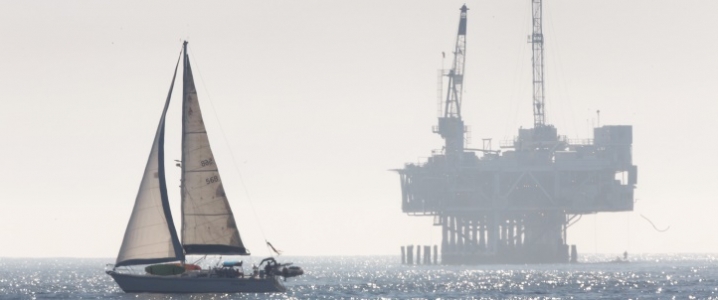Big Oil majors are back in the black thanks to their corporate versions of austerity programs that saw spending shrink considerably along with costs. Shareholders have appreciated this, although they remain wary and insistent that oil companies focus on returning cash and not boosting production as a top priority. However, this may soon have to change simply because of the nature of oil resources: they are finite.
Right now, Big Oil is right where it would like to be in terms of cash generation and returns to shareholders as well as in production. It’s in its very own Goldilocks zone. But after 2020, the supermajors will need to increase spending, a senior BlackRock executive told Reuters in an interview this week.
“Would I be surprised if beyond 2020 capex budgets start to move higher? No, I wouldn’t. There will be a little cost inflation and they will need to start thinking about their production profile into the 2020s,” Alastair Bishop, director and portfolio manager at the asset manager’s natural resources department, said.
BlackRock is among the biggest shareholders in the world’s top oil companies, and the views expressed by Bishop probably reflect those of most shareholders interested in the long-term viability of the business. Yet Bishop’s comments also suggest a probably irreversible change in approach to new projects.
“There seems to be less appetite for just ploughing money straight back into the ground,” he told Reuters. “From our side, unless you have new opportunities right at the bottom of the cost curve we are not that desperate for you to drive volume growth in terms of oil.”
The focus of the new investments, in other words, should be on smaller, less capital-intensive and quicker-return projects: a trend that emerged after the worst of the 2014 oil crisis was over and Big Oil began to regain its bearings. However, small, flexible projects might not be enough. Related: Could Brazil's Oil Sector Trigger An Economic Miracle?
Wood Mackenzie recently warned Big Oil and large independents that they might have trouble with reserve replacement and production level maintenance in the next decade because of the price slump and the frugal approach to investments after it.
“Companies have been cherry picking the best greenfield conventional projects in their portfolios for development. But there's not enough new high-quality projects entering the pre-FID funnel to replace those that have left,” Tom Ellacott, Senior VP for Corporate Research, wrote in the report.
In the next 12 years, however, Wood Mac’s analysts have forecast that large oil companies would need to add 16 million bpd to their combined daily production to be able to respond to demand and replace depleted deposits. This means several hundred new projects that cannot all be in the U.S. shale patch.
In other words, Big Oil, along with larger independents, may be out of the woods as far as their immediate survival is concerned, but over the longer term they face considerable challenges in terms of spending and maintaining production. Yet if BlackRock’s projections for peak oil demand are right, these challenges will not be there for long. The asset manager expects demand for crude to peak in the early 2030s.
By Irina Slav for Oilprice.com
More Top Reads From Oilprice.com:
- Russia’s Most Powerful Oilman: We're Fine With Any Oil Price
- Natural Gas Skyrockets As China Pledges Huge Supply Boost
- Significant Crude Build Weighs On Oil Markets



















But to me, seems that something remains unsaid, today. A couple of years ago the term "tough oil" surfaced in forums regarding the increasingly tough job we face in bringing crude to market. Deep-underground domestic tight oil is not an easy slog, and major-project foreign oil is fraught with intrigue and peril. Production and transport cost is rising despite new technology and low cash lending rates.
I have to ask the question, is low investment in new shale-oil pipelines and major extraction projects low because long term prospects are questionable? We lament the look of the future, but seem to have low awareness of what forces could significantly reduce our oil supply.
My personal bias is that we need to transition away from oil dependency. I do not see the future of burning hydrocarbons as being very bright. Cost of burning -- in terms of all the costs of extracting, transporting and byproducts of combustion -- are going up. Investment in fossil fuel may be headed down.
I think we need to be ready, along the lines of how European oil companies are positioning themselves for the future.